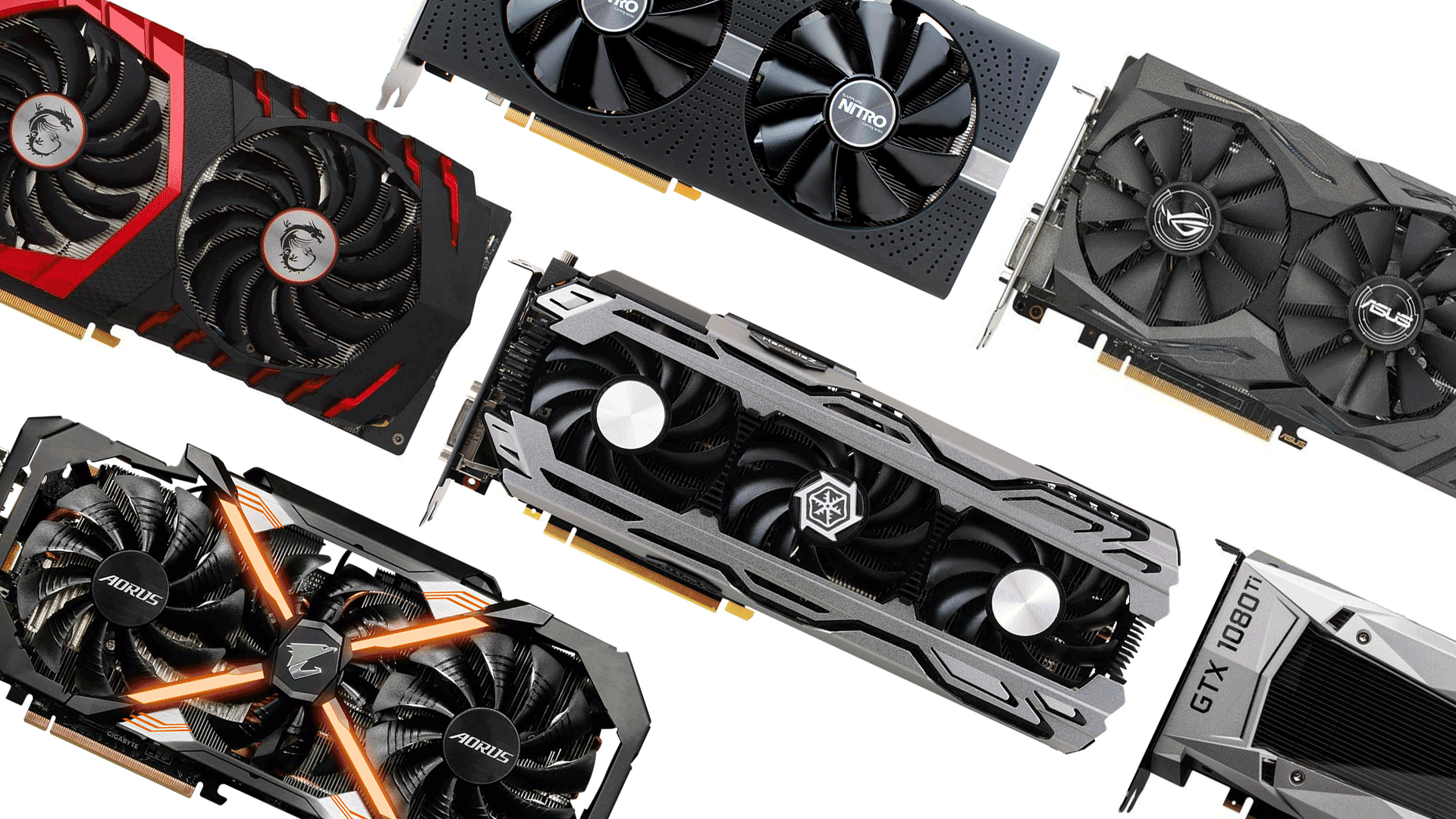
Turing GPUs are now widely available. Allegedly, Nvidia has now stopped the production of the biggest RTX 2080 competitor, its own GTX 1080 Ti.
Nvidia is itself the biggest competitor
Nvidia’s new graphics card generation called Turing has been available for some weeks now. With the RTX 2070, RTX 2080 and RTX 2080 Ti, the company wants to make real-time raytracing available to a wider audience. However, some problems have already become apparent during the launch and in the subsequent pre-order phase. Real-time raytracing is still in its early stages. Even an RTX 2080 Ti achieves only 60 frames per second in various Full HD demos, for example Battlefield V. This almost looks like a bitter setback in comparison. Without raytracing, the RTX 2080 and RTX 2080 Ti can also be used for 4K gaming with over 60 FPS. Although there are also games that use the raytracing hardware, for example, for lighting the game world and thus manage 90 FPS on 4K settings, however, this is the exception. In general, there is not a single game with real-time raytracing to buy at the moment. DLSS is also not yet available.
One question comes to mind: why should you choose Turing at all? The performance difference to the previous generation in games is comparatively small, especially if you consider the price. For example, the RTX 2080 only achieves the performance level of a GTX 1080 Ti, but in many cases costs more at the moment. The same goes for the RTX 2070 and the GTX 1080. The generally very high prices of the Nvidia Turing graphics cards have annoyed many customers – but there is simply no competition to make better prices possible. Specifically, the previous generation Pascal is currently the biggest competitor of the Turing graphics cards. In order not to let at least the high-end models be cannibalized by their own previous generation, Nvidia has now stopped the production of the GTX 1080 Ti.
Nvidia probably no longer produces the GTX 1080 Ti
As Gamers Nexus reportedly learned from several industrial sources, Nvidia has stopped the production of the GTX 1080 Ti. The high-end model of the Pascal series is the biggest competitor to the RTX 2080 and in many cases also cheaper. The AIBs only produce a few more graphics cards or no more at all. This is also evident in the trade. The GTX 1080 Ti and some models of the GTX 1080 are practically no longer available at most current dealers. The cheapest offer of the GTX 1080 Ti is currently a bit cheaper than the cheapest RTX 2080 graphics card. Nvidia eliminates the only real competition to the RTX 2080 by stopping production.
What looks like a normal process at the end of a generation also shows that Nvidia is virtually stagnating with Turing. The new RTX 2080 delivers the same performance as the outdated GTX 1080 Ti at the same price. It remains to be seen whether the prices of the RTX 2080 will fall to a significantly lower level in the long run. Currently, the price/performance ratio can be classified as rather mediocre, especially with regard to an increase in performance that is usually seen. However, there is no end in sight unless AMD can soon deliver a high-end competitor.

Be the first to comment